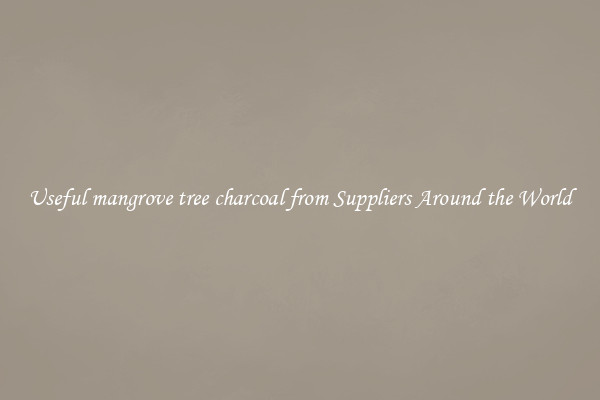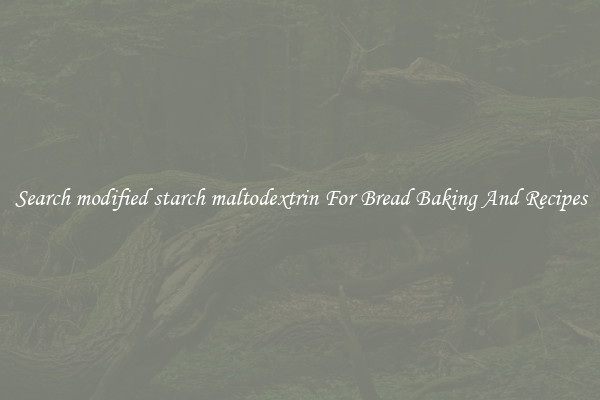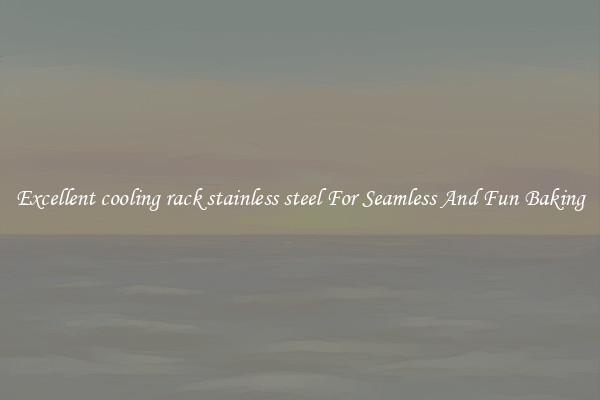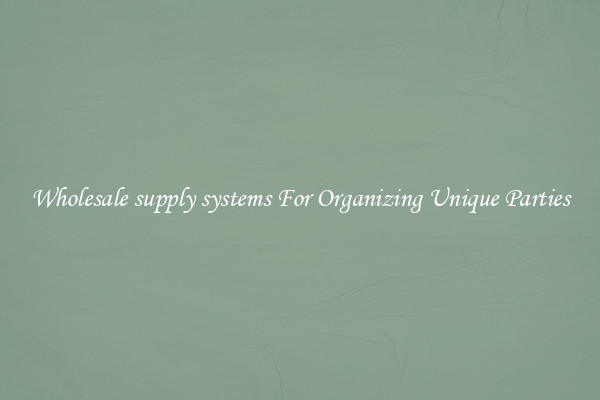Search microcrystalline cellulose in food For Bread Baking And Recipes
Search for microcrystalline cellulose in food for bread baking and recipes

Microcrystalline cellulose is a commonly used food ingredient, especially in baking. It is a versatile substance that can improve the texture, shelf life, and overall quality of baked goods. Due to its unique properties, microcrystalline cellulose has become a popular choice for bread baking and enhancing various recipes.
Bread, being a staple in many households, is constantly evolving with new ingredients and techniques to produce the perfect loaf. One such ingredient that has gained attention is microcrystalline cellulose. This compound is derived from cellulose, a naturally occurring polysaccharide found in the cell walls of plants.
When used in bread baking, microcrystalline cellulose acts as a texturizer and bulking agent. It helps to improve the volume, softness, and overall structure of the bread. The microscopic particles of cellulose fill the gaps between gluten strands, resulting in a more even crumb and reduced staling. This means that bread made with microcrystalline cellulose stays fresh for longer, making it a desired option for commercial bakeries and home bakers alike.
Aside from its texturizing properties, microcrystalline cellulose also acts as a stabilizer and emulsifier. It helps to improve the moisture retention of bread, giving it a softer and more tender texture. In recipes that require the addition of fats or oils, microcrystalline cellulose can act as a binder, preventing separation and enhancing the overall texture and mouthfeel of the finished product.
One of the advantages of using microcrystalline cellulose in bread baking is its ability to improve the quality of gluten-free bread. Gluten-free bread often lacks the structure and elasticity provided by gluten, resulting in denser and crumbly loaves. By adding microcrystalline cellulose, the bread can attain a more desirable texture and rise, making it a suitable alternative for individuals with gluten sensitivities or celiac disease.
Microcrystalline cellulose can also be used in various other recipes, such as cakes, muffins, and cookies. Its ability to enhance texture and moisture retention makes it a valuable ingredient in these baked goods as well. Whether you are a professional baker or experimenting in your kitchen, incorporating microcrystalline cellulose into your recipes can take your baked goods to the next level.
It is worth mentioning that microcrystalline cellulose is considered safe for consumption, as it is derived from plant sources and undergoes a rigorous purification process. However, as with any new ingredient, it is essential to follow recommended usage guidelines and consider any potential allergies or sensitivities.
In conclusion, the search for microcrystalline cellulose in food for bread baking and other recipes has proven to be a game-changer for many bakers. Its ability to improve texture, shelf life, and moisture retention has made it a valuable tool in the pursuit of creating delightful and long-lasting baked goods. If you are looking to elevate your baking skills, consider exploring the benefits of microcrystalline cellulose in your next bread baking adventure.

View details

View details

View details

View details








